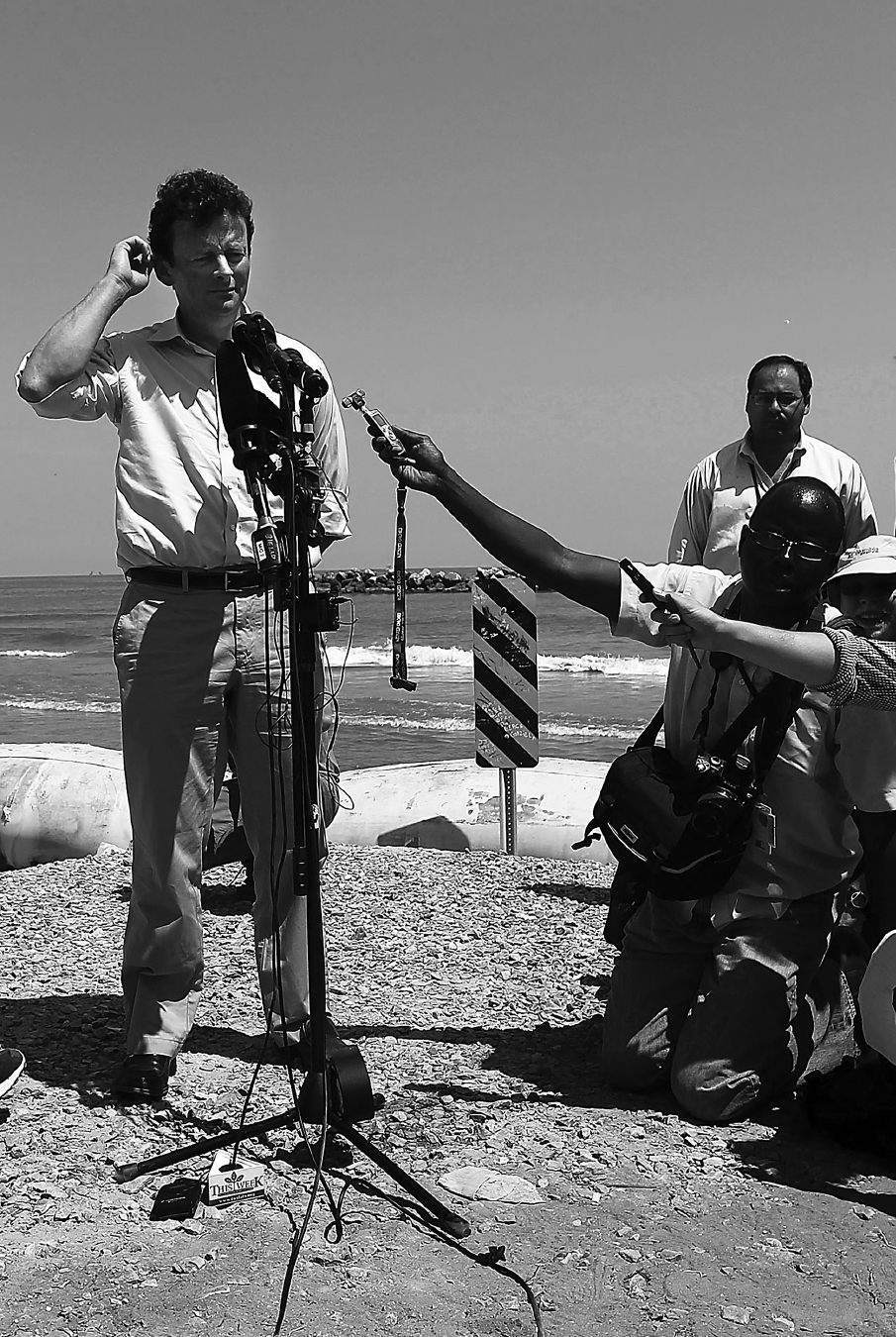1 Communication: Essential Human Behavior
1 Communication: Essential Human Behavior
Page 2

IN CHAPTER 1
We Must Communicate: The Functional Perspective
How We Communicate
Communicating Competently
Modeling Communication
The Study of Communication
 Look for LearningCurve throughout the chapter to help you review.
Look for LearningCurve throughout the chapter to help you review.
bedfordstmartins.com/commandyou
It was the very definition of a catastrophe: eleven men were killed on April 20, 2010, when an explosion rocked the BP drilling rig Deepwater Horizon, sparking a fire that was visible for more than thirty miles and burned for two days before the entire rig sank to the bottom of the Gulf of Mexico. Afterward, millions of gallons of oil gushed from the blown-out rig, assaulting wildlife, beaches, and the livelihoods of Gulf Coast residents still reeling from Hurricane Katrina. Attempts to stop the leak failed. Americans were further horrified when, on May 31, BP chief executive Tony Hayward told reporters, “We’re sorry for the massive disruption it’s caused. . . . There’s no one who wants this over more than I do. I would like my life back” (Mouawad & Krauss, 2010, p. A1). When the embattled CEO spent a day watching his yacht compete in a big race the following month—with oil still spilling into the Gulf of Mexico at an alarming rate—one Alabama senator commented on Hayward’s activity as the “height of arrogance” (Robbins, 2010, p. A20).
Fingers were pointed in many directions. Some blamed BP; BP blamed Transocean (the company from which it rented the rig); others blamed the government agencies that had failed to enforce safety regulations (Barstow, Dodd, Glanz, Saul, & Urbina, 2010). Amid all the accusations, a generation of Gulf Coast residents braced themselves for an even more uncertain future.
CHAPTER OUTCOMES
After you have finished reading this chapter, you will be able to
Define the communication process.
Describe the functions of communication.
Assess the quality (communicative value) of communication by examining its six characteristics.
Define what communication scholars consider to be competent communication.
Describe the visual representations, or models, of communication.
Describe why communication is vital to everyone.
Communication is the process by which we use symbols, signs, and behaviors to exchange information. That process is so crucial that communication is described as “the process through which the social fabric of relationships, groups, organizations, societies, and world order—and disorder—is created and maintained” (Ruben, 2005, pp. 294–295). Successful communication allows us to satisfy our most basic needs, from finding food and shelter to functioning in our communities and developing meaningful relationships. Because communication is such a natural part of our daily lives, we often take it for granted. Yet every day, communication failures lead to failed plans, isolation, misunderstandings, hurt feelings—and disasters like the BP oil spill.
Communication challenges exist in every profession and every personal relationship. For example, communication professor (and reserve police officer) Howard Giles claims that 97 percent of law enforcement practices involve communication skills (Giles et al., 2006). But police academies usually spend little time teaching those skills. Most citizens lack these crucial skills as well. One professor who teaches college-level communication classes to prisoners notes that “the vast majority of [his] imprisoned students have been caged, in large part, because of their communicative illiteracy” (Hartnett, 2010, p. 68).
Effective communicators understand how their communication choices affect others and why others’ communication choices affect them as they do. So in this chapter, we look at why we communicate, how we communicate, and what it means to communicate well. Then we examine ways of visualizing the communication process and consider the history of this rich discipline.